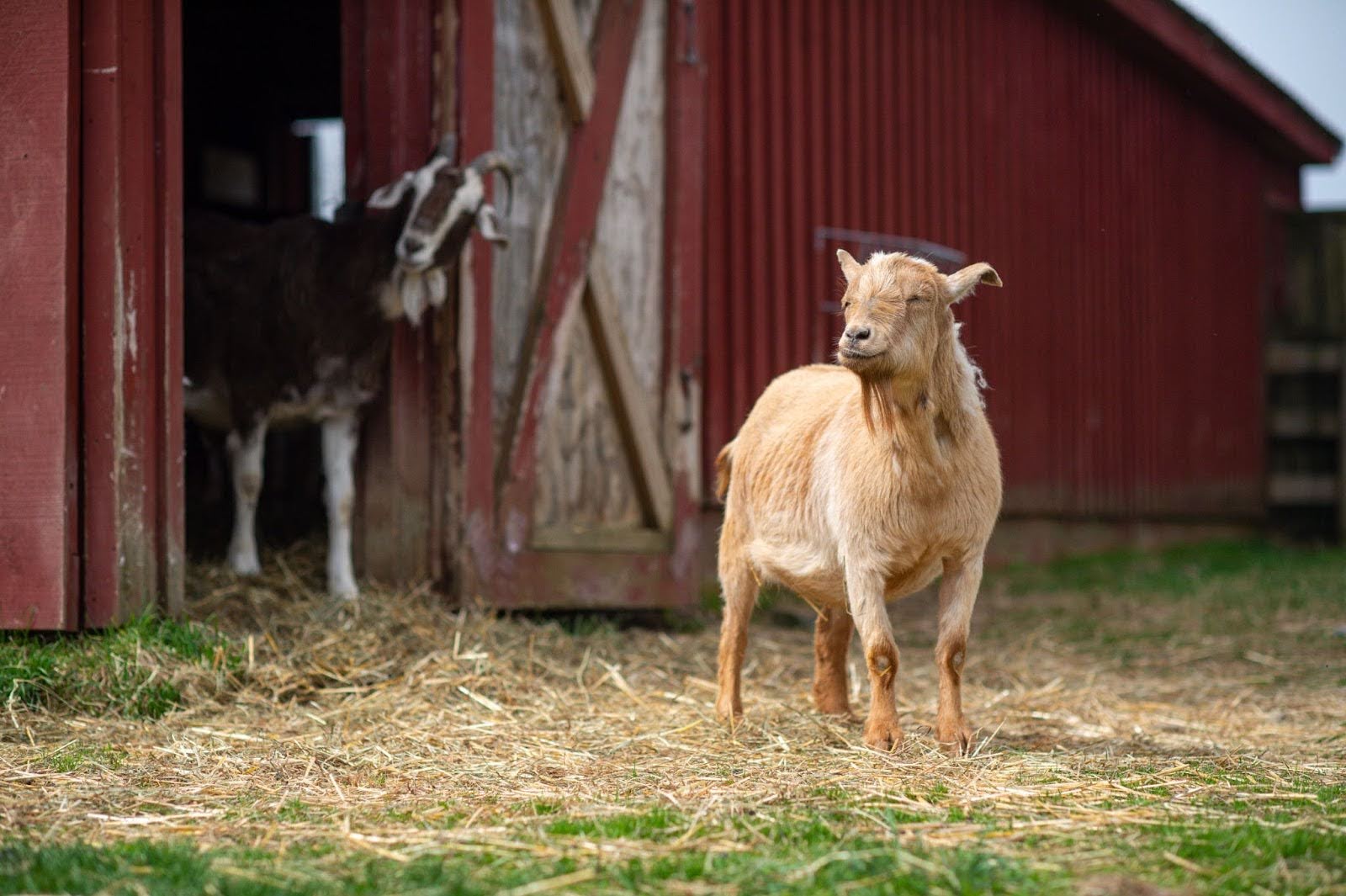Animal agribusiness paints a picture of happy farm animals living natural lives with their families and plenty of space to roam free. The reality is that nearly all farmed animals in the U.S. are kept inside severely crowded and stressful factory farms—and even on smaller farms and those considered “humane,” animals may be facing cruel practices considered standard.
Too few survive the horrors of animal agriculture, and rescue alone cannot fix our food system. But those saved from this cruel industry become ambassadors for billions like them.
Celebrate National Animal Rights Day (June 1) by reading the stories of some of our resilient rescued animal residents and sharing them to spread compassion for all beings.













